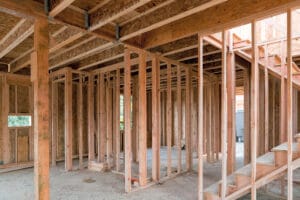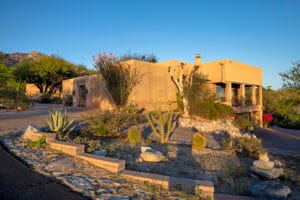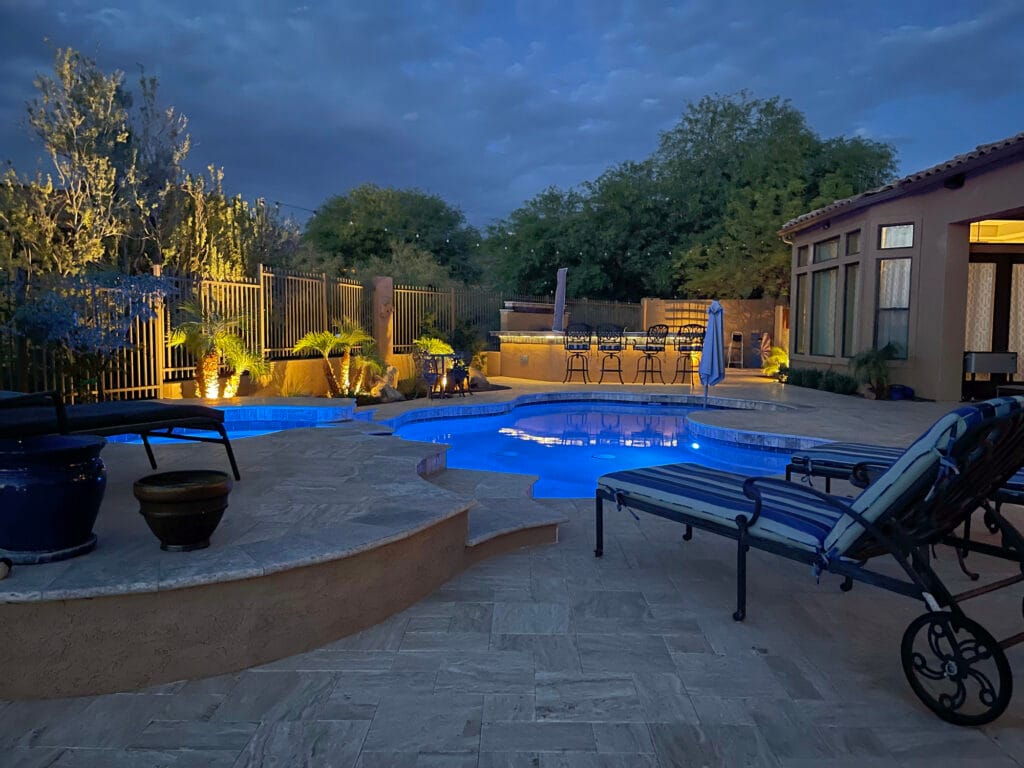Searching for Swimming Pool and Spa Inspections in Arizona? Whether you’re buying a new home, selling your property, or maintaining your current pool, a professional inspection ensures your pool and spa are safe, efficient, and ready for Arizona’s demanding desert climate. The intent of a pool inspection is to evaluate the current condition of all accessible pool components and the inspection consists of four phases.
What Is a Swimming Pool and Spa Inspection?
A Swimming Pool and Spa Inspection is a professional evaluation of your pool’s structure, equipment, and safety systems. Much like a home inspection, this process identifies existing issues, safety hazards, and potential repair needs before they become costly problems.
In Arizona, where extreme heat, UV exposure, and mineral-heavy water accelerate wear, a pool inspection is essential for protecting your investment and ensuring long-term performance.
A Standard Arizona Pool Inspection Includes:
- Safety and Barrier Compliance – fencing, gates, alarms, and electrical systems
- Pool and Spa Structure – surfaces, coping, decking, and drainage
- Equipment Evaluation – pumps, filters, heaters, and automation systems
- Operational Testing – performance, leaks, circulation, and heating checks
A detailed report follows, outlining all findings with maintenance recommendations tailored to Arizona’s desert conditions.
Why Pool and Spa Inspections Are Critical in Arizona
Arizona pools face unique environmental challenges that make inspections more important than in most states:
- Extreme Temperatures: Daily temperature swings cause cracks in plaster, decking, and coping.
- Intense UV Radiation: Sun exposure breaks down pool surfaces and equipment housings faster.
- Hard Water: High mineral content leads to scaling, staining, and equipment corrosion.
- Year-Round Use: Pools run nearly 12 months per year, causing faster wear and higher maintenance needs.
- High Energy Costs: Outdated pumps or heaters can waste hundreds in electricity annually.
A thorough inspection helps homeowners prevent expensive surprises and maintain safety and efficiency year-round.
When to Get a Swimming Pool and Spa Inspection in Arizona
1. During Home Purchase
Before closing on a home with a pool, always schedule an inspection, ideally during the 10-day inspection period. Want to read more about why structural inspections are crucial before closing? This gives you negotiating power if major repairs are needed, such as:
- Replastering ($5,000–$10,000)
- Pump or heater replacement ($1,000–$5,000)
- Electrical or barrier code compliance fixes
2. Before Selling Your Home
Pre-listing inspections allow sellers to:
- Address problems before buyers find them
- Price the home accurately
- Build trust and transparency with inspection documentation
3. Seasonal Checkups
Because Arizona pools operate year-round, schedule:
- Spring startup inspections before peak heat
- Fall assessments after heavy summer use
- Post-monsoon checks to identify storm damage
4. After Equipment or Service Changes
If you switch pool companies or take over maintenance yourself, get a professional inspection to confirm everything is operating correctly.
5. After Extended Vacancy or Ongoing Issues
Vacant or rental properties often have unnoticed issues. Schedule an certified home and property inspection if you see leaks, unusual noises, algae growth, or high utility bills.
What Arizona Pool Inspections Cover
1. Safety and Code Compliance
Inspectors verify that your pool meets Arizona’s strict safety codes under ARS §36-1681, including:
- Fences at least 5 feet high
- Self-closing, self-latching gates
- Door alarms for homes with direct pool access
- GFCI-protected outlets within 20 feet of the pool
- Proper clearance from electrical lines
Child safety barriers are not optional in Arizona—they’re legally required and often a focal point of pool inspections.
2. Pool and Spa Structure
Your pool’s vessel, decking, and finishes are evaluated for:
- Cracks or hollow spots
- Delamination, discoloration, or fading
- Loose or deteriorating coping
- Deck heaving or trip hazards
- Drain cover compliance with federal safety standards
In Arizona’s heat, plaster typically lasts 10–15 years. Improper water chemistry can shorten that lifespan dramatically.
3. Pool Equipment
Because Arizona’s sun and dust are hard on mechanical systems, inspectors thoroughly test all components:
- Pumps and Filters: Checked for leaks, pressure balance, and efficiency
- Heaters: Tested for ignition, scaling, and corrosion
- Automation Systems: Verified for function and compatibility
- Plumbing: Inspected for UV-damaged or leaking PVC lines
- Lighting: Ensured to be watertight, grounded, and bonded
- Skimmers and Returns: Checked for cracks, leaks, and flow balance
4. Operational Testing
The inspection concludes with performance tests to ensure your system runs correctly:
- Circulation and Filtration: Proper water movement and pressure levels
- Heater Operation: Safe ignition and heat output
- Spa Features: Jets, blowers, and spillways tested
- Leak Detection: Visible leaks noted, and further testing recommended if needed
- Water Chemistry Review: Identifies scaling, corrosion, or imbalance issues
What to Expect From Your Inspection Report
After completion, you’ll receive a detailed digital report outlining:
- The condition of each pool component
- Safety and code compliance notes
- Photographs of all findings
- Maintenance and repair recommendations
- Estimated remaining lifespan of equipment
Use this report to guide negotiations, maintenance plans, or home improvement decisions.
Common Problems Found in Arizona Pool Inspections
- Cracked or deteriorated plaster
- Failing pumps, filters, or heaters
- Non-compliant pool barriers or gates
- Hard water calcium buildup
- UV-damaged plumbing or deck materials
- Electrical bonding issues
- Damaged screen enclosures or tile
Catching these issues early can prevent thousands of dollars in repairs later.
Choosing the Right Pool Inspector in Arizona
Look for an inspector who offers:
- Specialized pool and spa experience (not just general home inspections)
- Knowledge of Arizona’s pool codes
- Certifications such as Certified Pool/Spa Operator (CPO)
- Comprehensive, photo-based reporting
- Proper licensing and insurance
Local expertise matters—an Arizona-based inspector understands regional soil conditions, material performance, and local compliance requirements.
How Much Does a Pool Inspection Cost in Arizona?
Most Swimming Pool and Spa Inspections in Arizona cost between $150 and $400, depending on:
- Pool size and complexity
- Equipment and feature count
- Geographic area
- Inspector credentials
Compared to major repairs or safety violations, the cost of inspection is minimal for the peace of mind it provides.
Preparing for Your Pool Inspection
To ensure the best results:
- Keep all utilities on
- Remove covers or furniture blocking access
- Provide maintenance records
- Be present if possible to ask questions
Inspections usually take 1–2 hours for standard pools.
After the Inspection: Next Steps
For Buyers:
Use the report to negotiate repairs, credits, or pricing before closing.
For Sellers:
Address safety and maintenance issues proactively and provide the report to buyers.
For Current Owners:
Follow recommended maintenance schedules and repair timelines to extend your pool’s life.
Arizona-Specific Pool Maintenance Tips
- Monitor water levels: Evaporation can exceed 2 inches per week in summer.
- Control calcium scaling: Regularly brush tile and test for hardness.
- Shade your equipment: UV protection extends pump and heater lifespan.
- Cover your pool: Reduces evaporation and chemical loss.
- Schedule regular inspections: Every 12 months for year-round Arizona pools.
Schedule a Swimming Pool and Spa Inspection in Arizona
A professional Swimming Pool and Spa Inspection protects your property, safety, and investment. Whether you’re buying, selling, or maintaining your Arizona home, Schembri Engineers provides expert evaluations and comprehensive reports you can trust.
Schedule your inspection today and ensure your pool and spa are safe, compliant, and built to handle Arizona’s extreme conditions.





